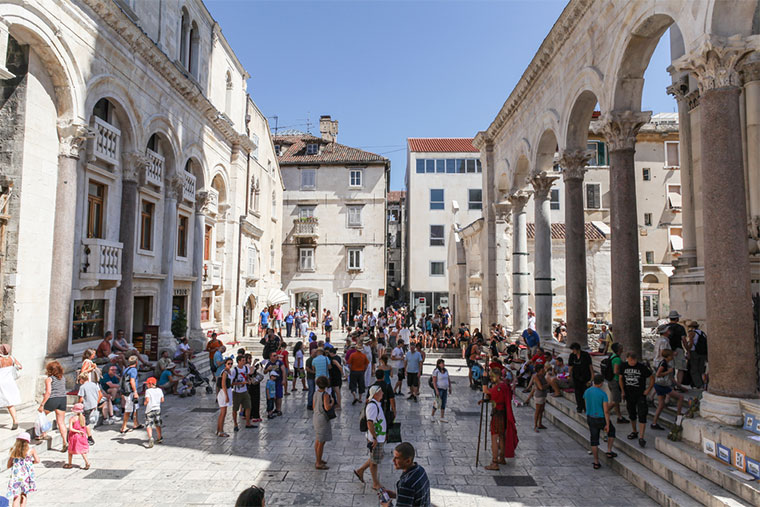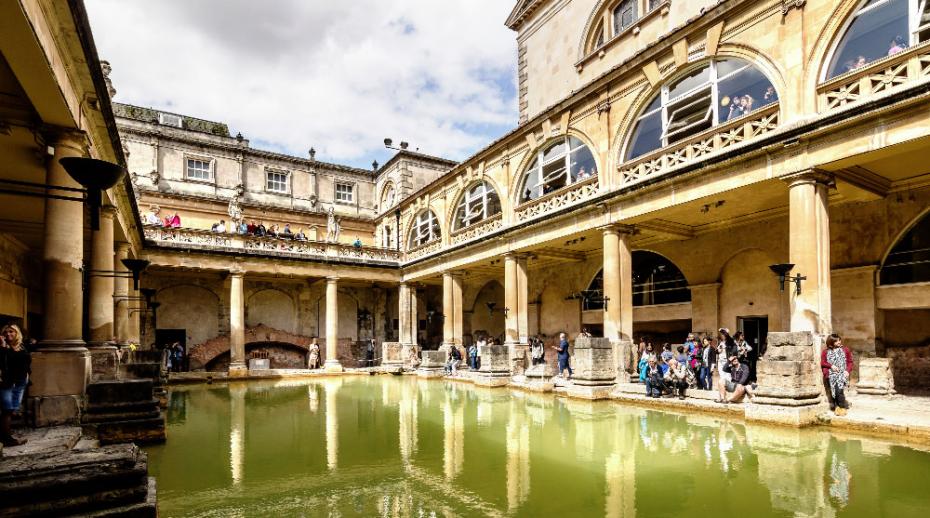Yes, indeed. Italian cities in the world. But not the way you think.
The next paragraphs are not dedicated to the many cities around the globe with large Italian communities, but rather to those founded by Italians outside of Italy’s borders throughout history, and which still maintain distinctive signs of their origin in the way they look or in the habits and customs of their inhabitants.
From the glorious vestiges of Rome, to the luxurious excesses of Venice, all the way through the elegant flair of the Savoias, these cities hold within a wealth of history which compete in greatness with their beauty. If the “Italian connection” of some of them may not be new to you, others could come as a surprise.
Did you know, for instance, that …
Paris and London are Roman in their essence Lutetia and Londinium: these were, respectively, their original names. To be fair, the area were the Romans founded Lutetia had been already home to previous settlements, but London was borne off the will and work of Rome only, initially simply as a castrum, a military camp, later as a proper town. Its strategic location at the estuary of the Thames made it essential to connect Britain to the continent and the rest of the Empire. In the first century AD Boudica, the legendary queen who rebelled against imperial domination, razed it to the ground, but soon after the town thrived again.

Strategy and the safeguarding of the Empire’s borders are behind the expansion of Lutetia, too. The town was used by the Romans of the fourth century AD as a stronghold against barbaric invasions. It is in the same period that its name changed from Lutetia to Paris.
Today, visitors of London and Paris can still witness the presence and influence of Rome in more than one historical location: the Roman baths of Cluny can be visited as part of the Cluny Museum of the Middle Ages, just off Boulevard Saint Michel, in the quartier Latin. In London, remains of a Roman amphitheatre can be found at the Guildhall and those of London original Roman walls are still visible near the Museum of London, at Barbican Estate, and in proximity of Tower Hill.
Nice and Chambéry carry the imprint of the Italian royal family
In fact, both cities, once upon a time, were within Italian borders. They were important centers of the Regno di Sardegna, the Savoias’ own kingdom. Nice (Nicea to the Romans) was very likely founded by the people of Marseilles more than 2000 years before Christ and remained a crucial maritime and commercial junction for most of its history. History which saw it passing between Italy and France several times until 1814, when the city became officially Sabaudian. In 1860, just a handful of months before the unification of Italy, Nice returned to France, with much dismay of its people: in spite of it, Nice is today one of the most beautiful cities of, well… France.
Chambéry is a magnificent gem set within the Italian-French Alps, with a carefully preserved historical town centre, where the Castle of the Dukes of Savoia and its gothic cathedral stand out for their architectural appeal. Just as Nice, Chambéry has often changed nationality, finding itself – just like the whole region it belongs to, la Savoie – on the opposite side of the Italian-French border. This town of 60.000 remained, however, profoundly attached to the Savoias, who chose it as the capital of their Duchy before moving to Turin. The Holy Shroud, today kept in the Piedmontese city, was once kept in Chambéry. Why? Because it belonged for centuries to the Savoias.
Both Nice and Chambéry have been French since 1860 (Nice was occupied and administered by Italian forces during WWII, but never officially annexed again) yet they’re home to large Italian communities. Nice’s own dialect, nizzardo, is a variation of Genoa’s idiom, Genoese, which is widely spoken. Architecturally, the city shows its Italian roots everywhere in the historical city centre, built almost entirely following the rules of Piedmontese Baroque.
Dubrovnik and Hvar are children of La Serenissima
For centuries, Venice dominated the Adriatic sea, as well as all main trade routes joining the West to the East. La Serenissima (the “great serene,” literally) shows clearly, in its architecture and art, its acquaintance with eastern delights, but many may not know Venice itself left beautifully shaped marks of her presence in many towns and cities outside of Italy, especially in Istria and Dalmatia, today both part of Croatia. In fact, they were annexed to former Yugoslavia only after the end of the Second World War, and were effectively controlled by Venice up until the first half of the 19th century.

Dubrovnik (Ragusa, in Italian) and Hvar (Lesina) both carry signs of Venetian presence especially in their architecture. Dubrovnik was, actually, Venetian only for about 150 years between the 13th and 14th century, but that was enough to give to the city a clearly Italian artistic allure. Both towns developed large Italian communities through the centuries
also because, as mentioned, Dalmatia remained Italian for long spells of time.





























